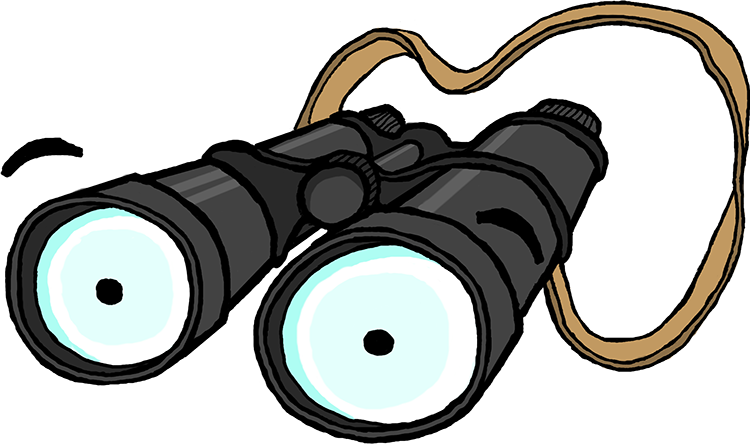The Easter Rising
Irish nationalists were generally supportive of the British war effort but a section of the Irish Volunteers, comprising about 11,000 men, refused to enlist in the British army and its members continued to parade and drill in Ireland. A number of the volunteers had come under the influence of the Irish Republican Brotherhood (IRB), a secret revolutionary society that saw the world war as an opportunity to stage a republican uprising against British rule in Ireland.
The Easter Rising
On Easter Monday in 1916, approximately 1,500 members of the Irish Volunteers, the Irish Citizen Army (ICA), and a nationalist women’s organisation, Cumann na mBan, took to the streets of Dublin and occupied important buildings around the city centre. The commander of the rebel forces, Patrick Pearse, declared Ireland an independent republic in front of the General Post Office and the military and political authorities quickly began to mobilise a response. The republican forces were outnumbered and out-gunned, and the British use of artillery meant their positions became indefensible. Patrick surrendered on the sixth day of the battle at which time almost 500 combatants and civilians had been killed and much of the city centre was in ruins.
Most Irish people either had mixed feelings or were openly hostile toward the rebels and angry about the destruction caused by the rebellion. However, when the authorities began executing the leaders of the Rising, public opinion became generally more sympathetic towards those, including Patrick Pearse and James Connolly, who had been put to death.
By the final year of the war, the political party with which the rebels were associated, Sinn Féin, had become the biggest political force in the country.
Constance Markievicz (1868-1927)
Constance Markievicz, known as Countess Markievicz, became known to British intelligence in 1909 for her role in helping found a nationalist scouts organisation, Na Fianna Éireann, which was set up to train boys for participation in a war of liberation. Constance was active in the Irish women’s suffrage movement and worked to alleviate the suffering of the very poor.
In 1915, Constance helped organise and train the ICA. During the Easter Rising, Staff Lieutenant Constance Markievicz, an accomplished markswoman, was second-in-command of a battalion of the ICA. After the rebels were forced to surrender, she was the only woman to be court-martialed.
Held in solitary confinement at Kilmainham Gaol, Constance heard each of her fellow leaders being shot. The British Government decided that it would be too controversial to execute a woman so she was sentenced to life imprisonment. After serving 13 months, Constance was released.
In the 1918 General Election, Constance was the only woman to be elected MP. However, in line with Sinn Féin policy, she abstained from taking her seat in the House of Commons.
The Sinn Féin party won 73 out of 105 Irish seats in the 1918 general election, which took place just over a month after the Armistice between Britain and Germany. However, Sinn Féin MPs refused to recognise the authority of Westminster and abstained from taking their seats in the House of Commons.
The Irish War of Independence began in 1919 and eventually led to the birth of the Irish Free State and the formal division of the island in 1922. The six counties of the north-east remained within the United Kingdom and became known as Northern Ireland and the remaining twenty-six counties comprised the Free State, which was later declared the Republic of Ireland in 1949.
All of these developments meant that the country to which Irish veterans of the world war began returning to in 1919 was very different to the one they had left when they first volunteered to serve.

